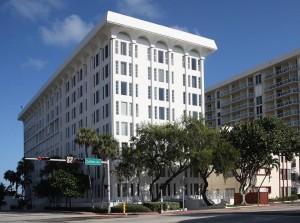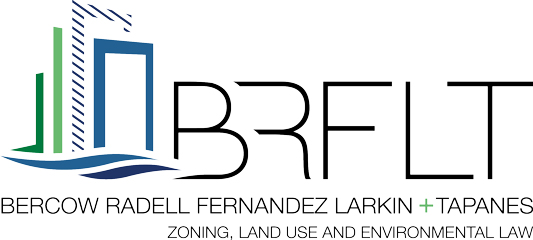Developer Buys Surfside Condo Building
November 3, 2015Surfside condo tower sells for $55 million; developer plans to rebuild
If you live in an old building on South Florida’s prime waterfront, don’t get too comfortable: Developers want your sand.
In the latest mega-deal to happen on the beach, a New York-based developer said he has struck a $55 million deal to buy a modest Surfside condo building that dates to the 1960s. His plan? Tear it down and build a luxury 12-story condo tower.
Surf House, at 8995 Collins Ave., was built in 1966 and has 36 units. Many of its residents are families who have lived or vacationed there for years.
Developer Jason Halpern said he has already bought 31 units at the eight-story building for a total of $46 million and has a deal in place to buy the other five condos for an additional $9 million. County property records for the transaction weren’t available Monday afternoon.
His firm, JMH Development, plans to build a new, 12-story condo tower on the site but hasn’t decided how many units it will include. Surfside regulations cap the maximum height for buildings at 12 stories. Halpern said units will likely start at $2.5 million and that the condos would generally be smaller and less expensive than most new construction on the beach.
“We decided that there was a real need for more efficient units for second- and third-home buyers,” said Halpern, who is the founder and managing partner of JMH. Halpern is also building a 19-unit luxury project in South Beach called 300 Collins, and developed the Aloft Miami Beach hotel.
Included as part of the Surfside purchase is a small parking lot across Collins Avenue on the north side of 90th Street. Zoning would allow for a maximum of 58 residential units and 15,000 square feet of commercial space across both sites. In total, the deal includes about 26,500 square feet of land.
Halpern plans to launch sales for the condo in the next six to eight months.
Tiny Surfside, just one square mile in area, is getting a 21st-century makeover as developers move in to build glass towers for ultra-wealthy buyers. One group is building a luxury project with two residential towers and a hotel just to the north of the Surf House on the site of the storied old Surf Club. A few blocks north of that, another developer recently topped off a 12-story tower called the Fendi Château Residences, where units start at $6.5 million.
Peter Zalewski, a condo market analyst, said the purchase price at Surf House struck him as high.
“The success of Surf Club and Fendi suggests there might be a market for this type of project,” Zalewski said. “The question and concern I have is that we’re already very deep into this [real estate] cycle . . . With the dollar as strong as it is, I just don’t know if you can get the foreign buyers you need to make the numbers work.”
Whatever happens with the planned project, Surf House owners made out well: their condos sold for an average of $1.53 million per unit. County property records list the market value of most units as between $200,000 and $600,000. The condo association will be terminated once the deals go through.
“It’s a fairly straightforward process,” said Jason Kellogg, an attorney at Levine Kellogg who specializes in condo law. “If you control more than 80 percent of the units, you can terminate the condominium and pay off everyone who doesn’t agree to sell at fair market value.”
If 10 percent of unit owners object to the sale, they can be compensated at higher-than-fair-market rates.
“Either way, it sounds like this deal is going through,” Kellogg said.
Other condo buildings in Surfside have fought for historic preservation status from the county, preventing developers from moving in.
Residents at Surf House, which is not historically protected, have six months to move out. They won’t have to pay maintenance fees during that time. Despite the lucrative payout, deciding to leave wasn’t easy, said condo association president Peggy Sapp, who has lived in the building for 10 years and isn’t sure where she’ll move next.
“We have a lot of families in this building, a lot of people who grew up in this building,” she said. “It’s very hard to accept that we’re going to lose the Surf House. I will really mourn this building . . . Do I wish we could stay the way we always were? Yes, but that’s not how life works.”
Back in 2012, many Surf House residents protested the scale of the neighboring Surf Club project, fearing it would mean the end for their quiet neighborhood.
“There must be a crane on every block and every corner,” Sapp said. “You don’t have to be Einstein to know we were going to be next.” – Nicholas Nehamas












































